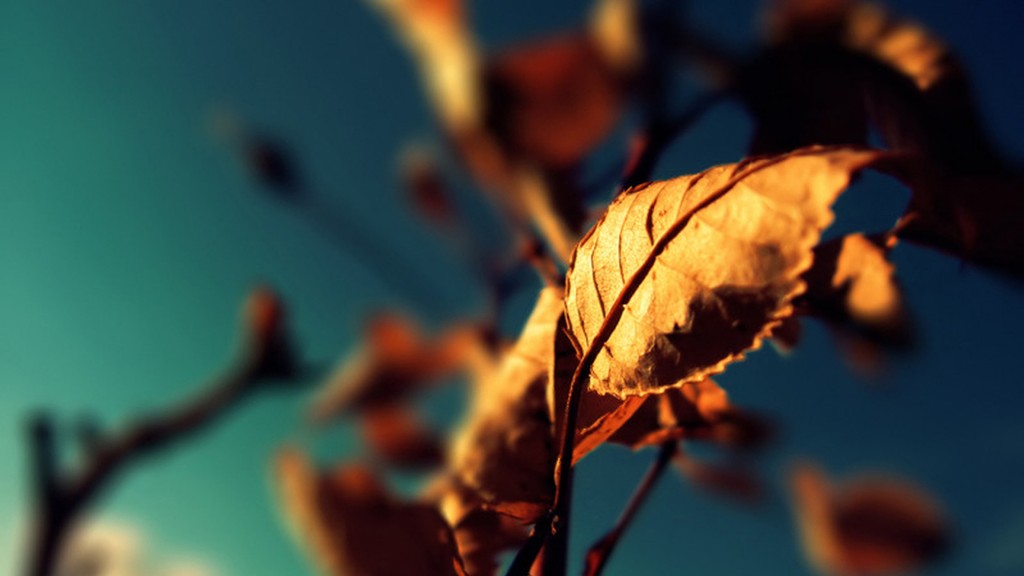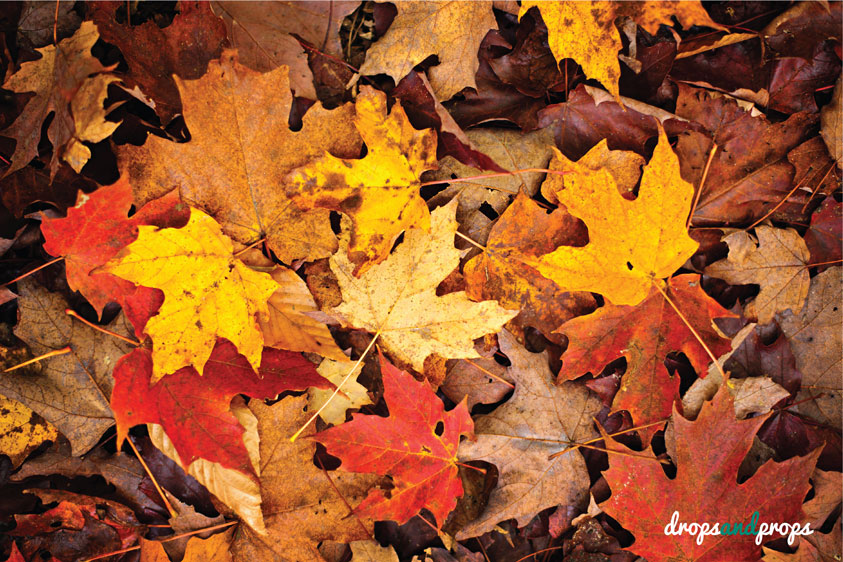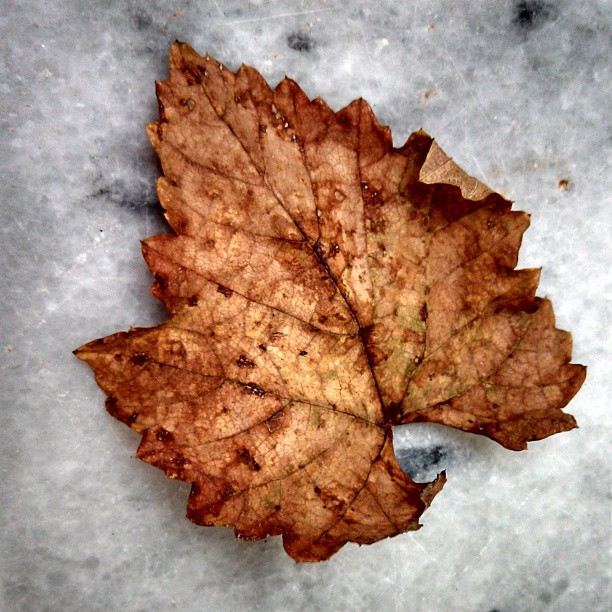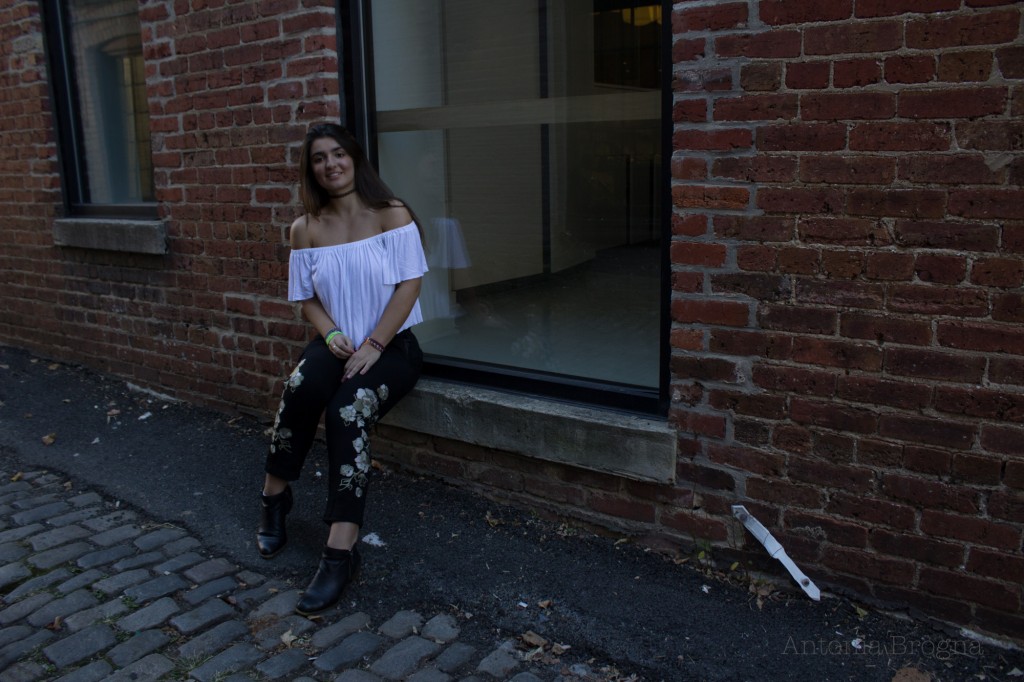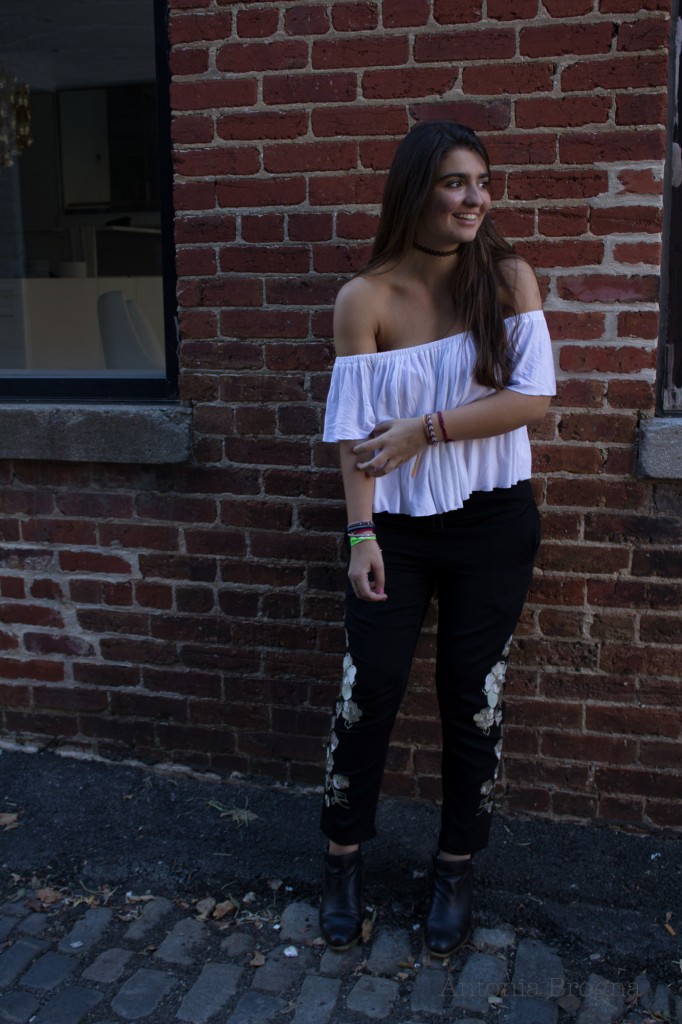Semester and Year: Fall 2016
Course: ARS281
Student Name: Antonia Brogna
Date: November 22, 2016
| PROJECT TITLE (Project 6: Final Projects Series): Arrow |
| PROJECT DESCRIPTION:
(250 word description of the project you are proposing) Describe the theme and subject of your project in depth. Describe what your project will be about. You may give some insight into the background of your work in relation to this proposed project. Some of my favorite photographs to take are up-close, zoomed in shots. For this project, I would like to focus on zoom shots of leaves and nature as they are undergoing the transition from season to season. I find this transition to be fascinating, as the human race tends to find changing leaves so beautiful even though they are technically dying. The colors and textures can be extremely rich, and it can be visually interesting when most of an area is dead but one bright, living thing has survived. The idea behind this project is to explore the idea of transition, and how it does not always occur all at once or in the same manner for everything. Transition can manifest itself in different ways, and I’d like to demonstrate this using close-up images of various leaves, branches, flowers and other flora as they are going through the transition process.I plan on focusing especially on light, texture and color in relation to the subject, as well as keeping the subject in their natural position to accurately portray the transition. |
| OUTCOMES:
What are the practical outcomes; produced artifacts? (bullet points, or listed items) Describe exactly what you will produce; what are the physical outcomes to your work? Be concrete and literal. How many images? How big? Where?
|
| METHODS AND MATERIALS:
Identify and describe the production methods, media, materials and the process involved in making your project; specify special equipment, printing, lighting and relevant tools. (bullet points, or listed items)
|
| REFERENCES:
Identify and list the relevant study references for your research: artists, artworks, exhibitions; art historical precedence and contemporary works; books, essays and publications. |
| RESEARCH JOURNAL AND SUPPORTING MATERIAL
To accompany this form and your practical work: a journal of research, including documentation of your work process, such as the references above, sketches, ideas, documentation, notes, samples etc. to be posted on your Research Journal Blog Website. |


